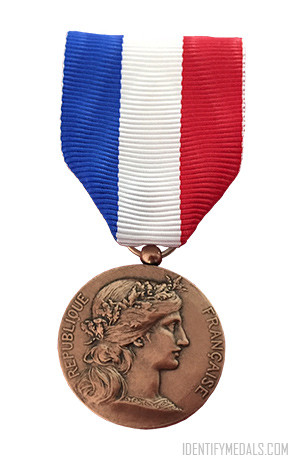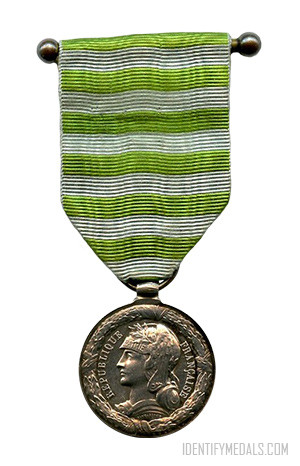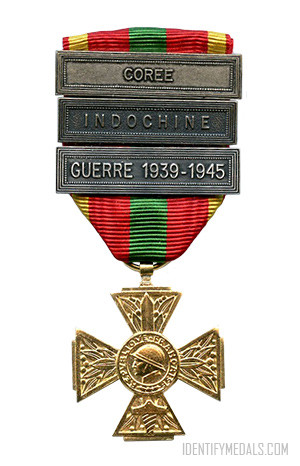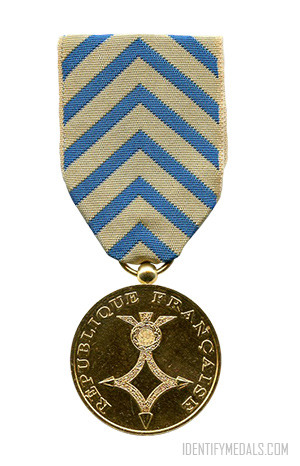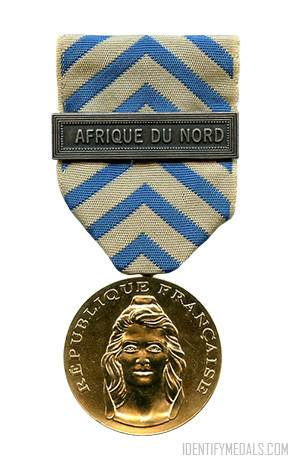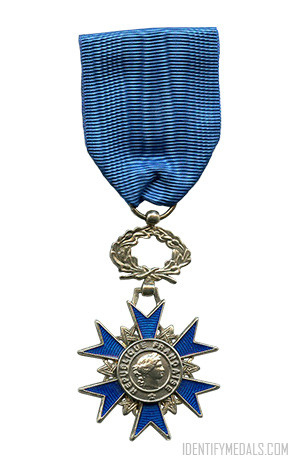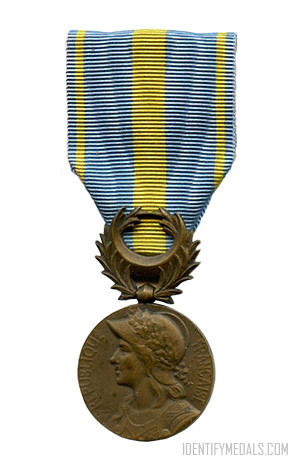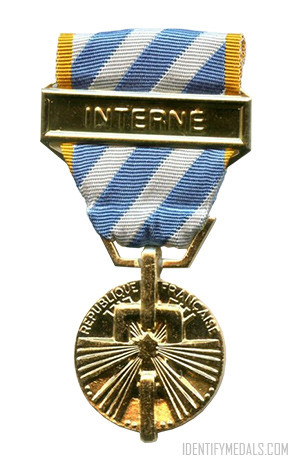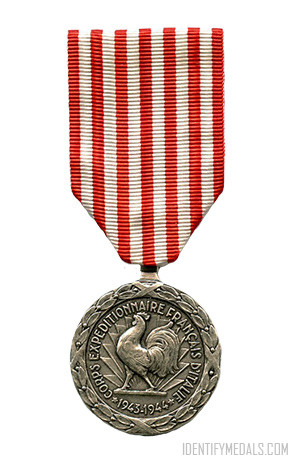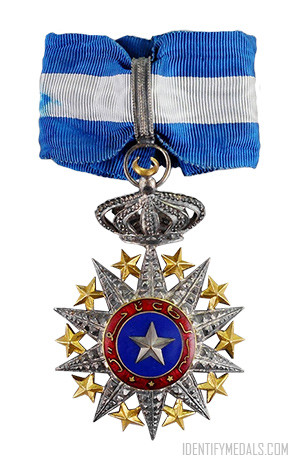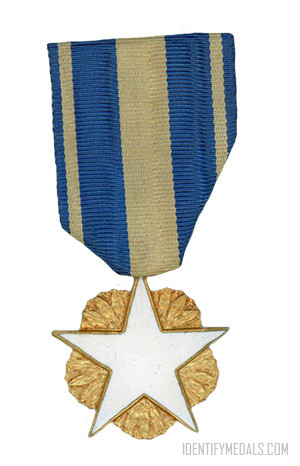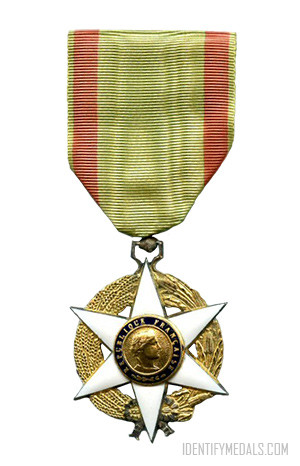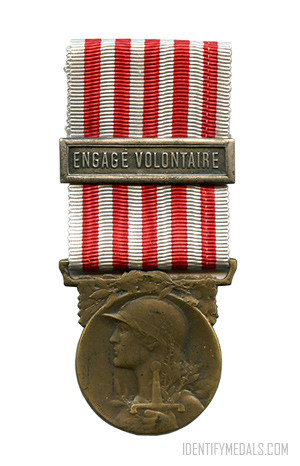- Time Period: Pre-WW1
- Institution: Type 1 award 28 July 1816 – Type 2 award 30 August 2010
- Country: France
The Honour medal of Foreign Affairs (or Médaille d’honneur des affaires étrangères or President’s Medal) is a state decoration bestowed by the French Republic in the form of an honour medal for work.
It was originally created by a Royal decree of 28 July 1816 as a single grade medal to reward acts of courage displayed by French nationals on foreign soil. Although still bestowed in wartime for courage, the modern award is now aimed at rewarding civil servants of the ministry for Foreign Affairs.
The Honour medal of Foreign Affairs is currently divided into three grades, bronze, silver and gold. The Honour medal of Foreign Affairs may be exceptionally awarded regardless of seniority and set quotas to reward bravery and dedication.
The wartime award with swords is bestowed as follows:
- In bronze to privates;
- In silver to non-commissioned officers;
- In gold (silver-gilt prior to 2010) to officers.
The Honour Medal of Foreign Affairs Design
The Honour medal of Foreign Affairs, a design of engraver Daniel Dupuis, is a 27mm in diameter circular medal in bronze, silver or gold.
The obverse bears the relief effigy of the republic surrounded by the relief inscription “RÉPUBLIQUE FRANÇAISE” (“FRENCH REPUBLIC”) along the left and right circumference. The reverse bears a crown of half laurel and half oak leaves with the relief inscription “AFFAIRES ÉTRANGÈRES” (“FOREIGN AFFAIRS”) with a bare center destined to receive the recipient’s name and year of award.
The medal hangs from a silk moiré tricolour ribbon composed of three equal blue-white-red vertical stripes. The wartime award includes a wreath of oak leaves with two crossed swords on the suspension ring.

